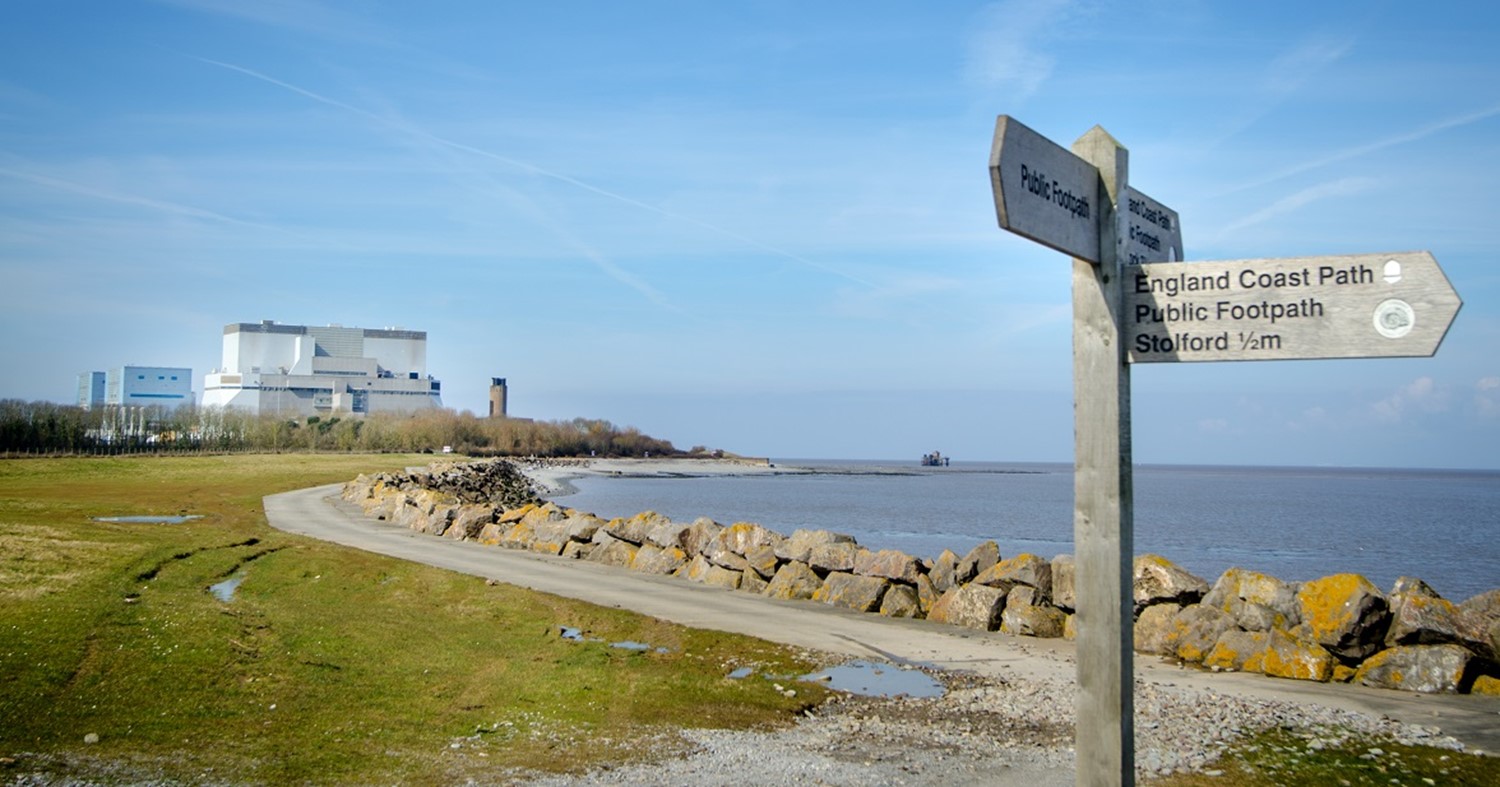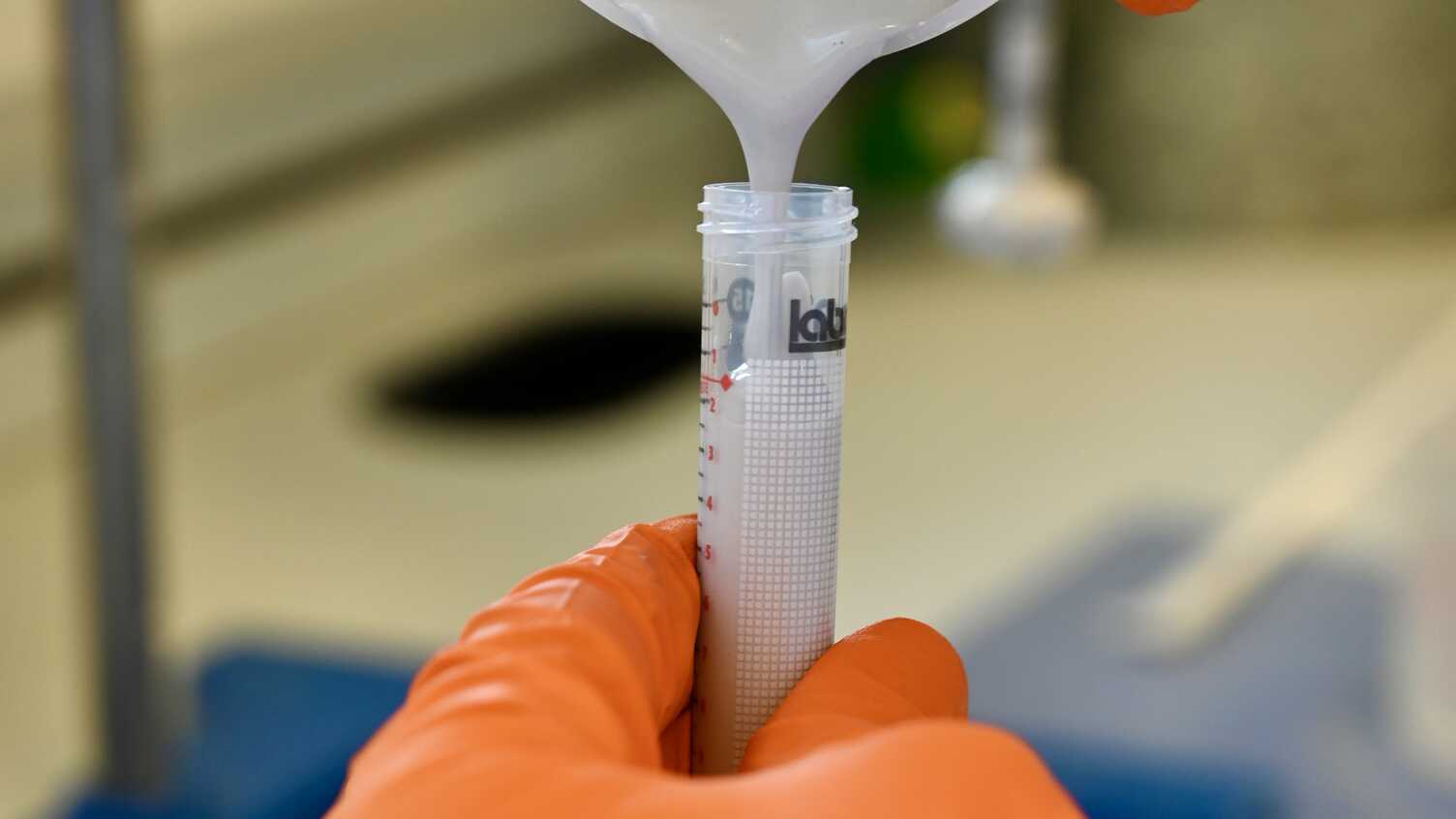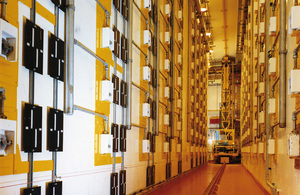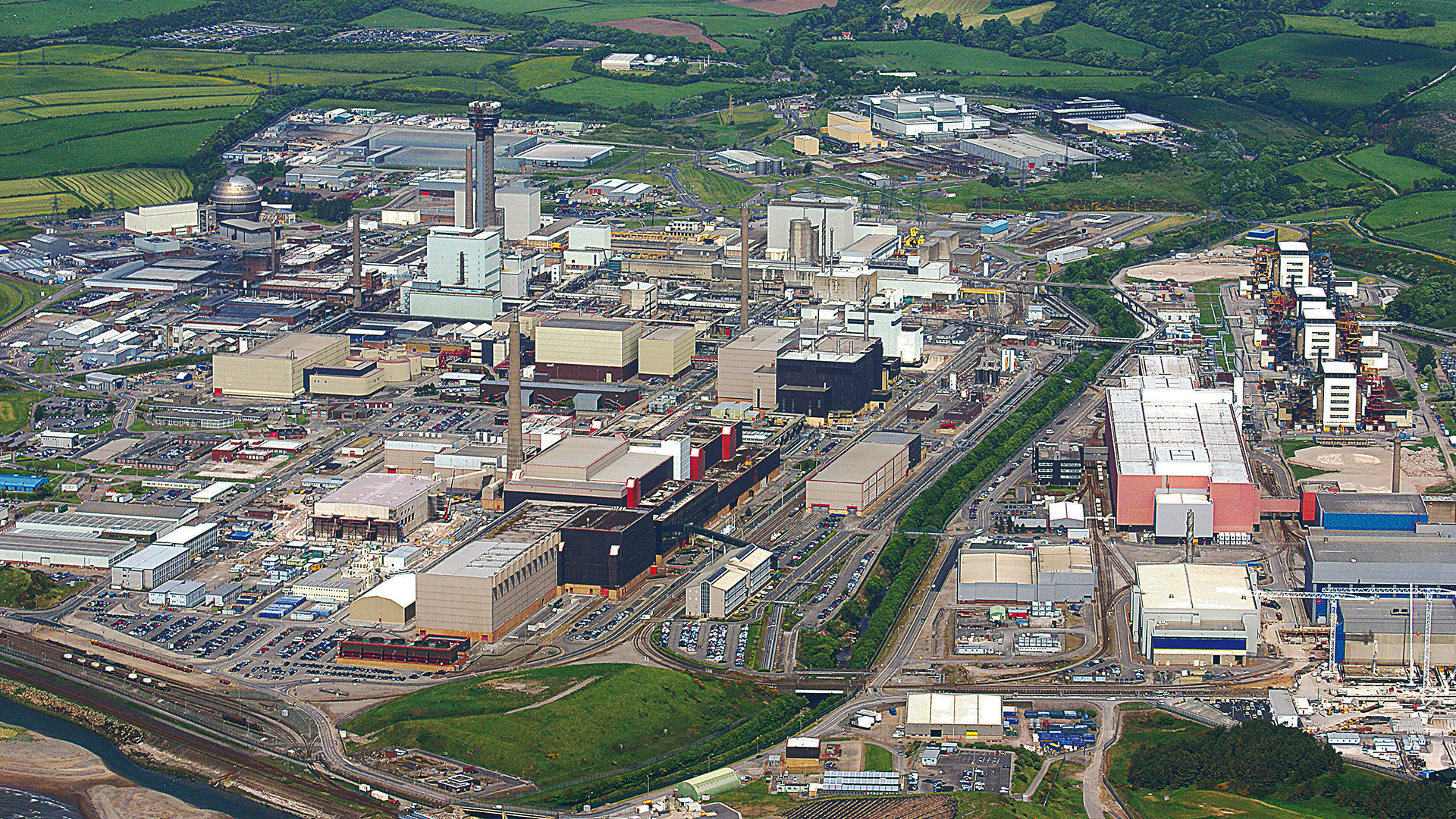EDF Energy’s Hinkley Point B nuclear power plant, in Somerset, England. (Photo: EDF Energy)
The U.K. government’s Office for Nuclear Regulation has granted EDF Energy formal consent to decommission the Hinkley Point B nuclear power plant in Somerset, England. The two-unit advanced gas-cooled reactor was permanently shut down in August 2022, and site owner EDF applied to ONR for decommissioning consent in August 2024.
Amentum says nuclear growth in the U.K. will result in the hiring of 3,000 new workers over the next four. (Photo: Amentum)
Global engineering company Amentum announced plans on Thursday to create 3,000 new jobs over the next four years on the back of growth in nuclear power and defense in the United Kingdom.
The announcement follows President Donald Trump’s state visit to the U.K., during which a number of deals between the two countries were announced.
A 1960s Electrolux vacuum cleaner was discovered in Sellafield’s Pile Fuel Cladding Silo. (Photo: Sellafield Ltd.)
A 1960s Electrolux vacuum cleaner was among the more unusual items workers removed from one of the world’s oldest nuclear waste stores at the United Kingdom’s Sellafield nuclear site.
Researchers at the University of Sheffield are exploring new cement technologies to safely encapsulate nuclear waste. (Photo: University of Sheffield)
The University of Sheffield announced that it has engaged in a new £1 million (about $1.29 million) research partnership with Sellafield Ltd., the U.K. Nuclear Decommissioning Authority, and the U.K. National Nuclear Laboratory that will seek to address some of the challenges of nuclear waste encapsulation by looking at new cement technologies to provide safe and reliable disposal solutions.
The nuclear fuel reprocessing plant product store at Sellafield. (Photo: NDA)
The United Kingdom’s Nuclear Decommissioning Authority has announced that it will establish a Plutonium Ceramics Academic Hub with the Universities of Manchester and Sheffield. The announcement follows a decision by the U.K. government in January to immobilize the country’s inventory of civil separated plutonium at the Sellafield nuclear site, mitigating the material’s long-term safety and security risks.
The Sellafield nuclear site in Cumbria, England. (Photo: NEA/OECD)
Despite progress made over the past years, the United Kingdom’s Nuclear Decommissioning Authority (NDA) has not seen an adequate return on investment in cleaning up the Sellafield nuclear site on England’s Cumbria coast, according to a new report by the U.K.’s National Audit Office, which scrutinizes government spending.
The Sellafield nuclear site in Cumbria, England. (Photo: Simon Ledingham)
The Nuclear Decommissioning Authority (NDA), the government agency charged with cleaning up the United Kingdom’s nuclear sites, has awarded three contracts totaling £30 million (about $39 million) for research into new decommissioning techniques.
The Pile Fuel Cladding Silo on the Sellafield site in West Cumbria, England. (Photo: Sellafield Ltd.)
After decades of planning and weeks of preparation and checks, the first batch of legacy waste has been retrieved from the Pile Fuel Cladding Silo at the Sellafield nuclear site in West Cumbria, England. According to Sellafield Ltd., the site license company, a state-of-the-art robotic arm was used to reach into the silo and, for the first time, remove and repackage the waste for longer-term storage.
These retrievals mark a significant achievement in progress toward the cleanup and decommissioning of one of the most hazardous buildings on the site, according to Sellafield Ltd., which made the announcement on August 16.
Watch a video about the Pile Fuel Cladding Silo and Sellafield’s waste retrieval operations here.
The DOE-EM–Sandia team and Sellafield representatives pose with Spot Robot at the Sellafield Engineering and Maintenance Centre of Excellence. (Photo: DOE)
Robotics experts from Sandia National Laboratories and representatives from the Department of Energy Office of Environmental Management’s Technology Development Office recently visited the Sellafield nuclear site in England to discuss how robotics, artificial intelligence, and other emerging tools can be developed and used in nuclear cleanup operations.
The first silo emptying machine installed in the Magnox Swarf Storage Silo at the U.K. Sellafield site. (Photo: Gov.UK)
The second of three machines that will be used to safely remove waste from the Magnox Swarf Storage Silo at the Sellafield nuclear site in the United Kingdom has successfully been assembled, it was announced by Sellafield Ltd., a subsidiary of the U.K. government’s Nuclear Decommissioning Authority.
A video showing how waste is removed and the Magnox Swarf Storage Silo prepared for decommissioning has been posted to YouTube and can be found here.
The Trawsfynydd site in North Wales. (Photo: Magnox Ltd.)
The United Kingdom’s Nuclear Decommissioning Authority (NDA) has announced the signing of a memorandum of understanding with Cwmni Egino to support the development of a small-scale nuclear project in North Wales.
A robot called Lyra was used to survey an underground radioactive ventilation duct in Dounreay’s redundant laboratories. (Photo: NDA)
Dounreay Site Restoration Ltd. (DSRL) and the Robotics and Artificial Intelligence in Nuclear (RAIN) Hub, a consortium of universities led by the University of Manchester, are working together on the development of robots capable of accessing areas that are inaccessible or unsafe for humans to work in. The robots will be used to inspect and characterize Dounreay’s laboratories, buildings, and structures as the United Kingdom prepares to decontaminate and decommission the nuclear site.
Hunterston B’s pile cap and fueling machine. (Photo: EDF)
The U.K. government and EDF have agreed to improved arrangements for the decommissioning of Britain’s seven advanced gas-cooled reactor nuclear power plants, which are due to reach the end of their operational lives this decade.











 The Nuclear Decommissioning Authority, the governmental organization responsible for the cleanup and decommissioning of the United Kingdom’s 17 nuclear sites, has released its business plan for the fiscal years running from April 1, 2023, through March 31, 2026. The plan provides a summary of the activities and progress the NDA expects to make at its nuclear sites over the next three years.
The Nuclear Decommissioning Authority, the governmental organization responsible for the cleanup and decommissioning of the United Kingdom’s 17 nuclear sites, has released its business plan for the fiscal years running from April 1, 2023, through March 31, 2026. The plan provides a summary of the activities and progress the NDA expects to make at its nuclear sites over the next three years.





